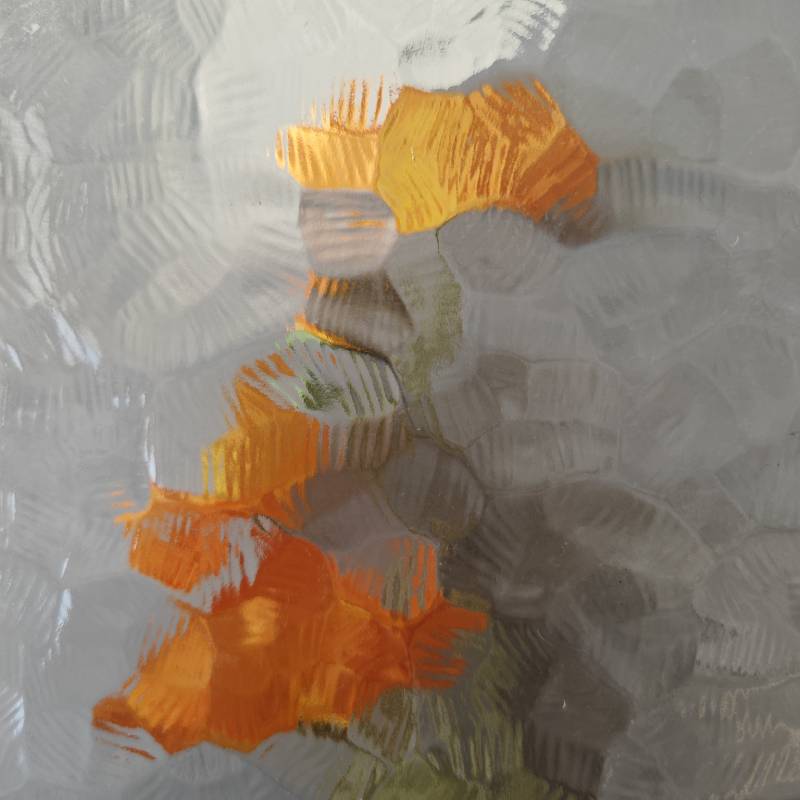

The Art and History of Glass Fishing Floats
Glass fishing floats have captured the imagination of collectors, historians, and the general public alike. These beautiful, buoyant objects, traditionally used by fishermen to keep their nets afloat, are not only functional but also rich in history and craftsmanship. Their colorful appearances, usually in shades of green, amber, or clear glass, tell stories of maritime cultures and practices that span centuries.
Historically, glass fishing floats originated in Japan in the early 19th century. Fishermen crafted these floats by blowing glass, allowing them to create strong, lightweight orbs that could sustain the weight of fishing nets. Each float was often intricately designed, showcasing the artisan's skills and the creative spirit of the local culture. These floats were not just tools; they were also a testament to the beauty of craftsmanship in the fishing communities.
Over the years, glass fishing floats made their way to other parts of the world, particularly to Norway and other Scandinavian countries. As these regions embraced this innovative fishing technology, the floats became a vital part of their fishing practices. In fact, in some coastal areas, finding a glass fishing float washed up on the beach became a delightful surprise for locals and tourists alike. The natural elements—wind, tide, and time—turned these once-functional objects into treasures for beachcombers.

In addition to their practical use, glass floats have an aesthetic appeal that has made them a popular item among collectors. Vintage glass floats are highly sought after, often fetching substantial prices at auctions and flea markets. Collectors are drawn to their unique colors and shapes, and many displays feature them prominently in homes or galleries. The nostalgia and connection to a simpler, maritime past amplify their charm, making them a coveted collectible for many.
The craftsmanship involved in making these floats has not only historical significance but also environmental implications. Many modern artisans have taken to crafting their glass floats using eco-friendly methods, emphasizing sustainability and respect for the ocean. Some contemporary glassworkers create new floats inspired by traditional designs, marrying old-world craftsmanship with modern sensibilities. These new creations often serve as decorative pieces, allowing enthusiasts to appreciate the beauty of glass art while honoring the legacy of its utilitarian origins.
Moreover, glass fishing floats have become symbols of ocean conservation. As discussions around pollution and marine life preservation continue, these floats are reminders of the delicate balance between human activity and nature. Many environmental groups encourage beach clean-ups, and finding a glass fishing float during such events adds an element of excitement and engagement for participants.
In conclusion, glass fishing floats are more than mere artifacts of the fishing industry; they embody stories of craftsmanship, cultural exchange, and environmental awareness. Their beauty and history endear them to collectors and beachgoers alike, making them enduring symbols of our connection to the sea. Whether displayed on a shelf, found on the shore, or crafted anew, these floats continue to inspire awe and appreciation for the artistry and life of maritime traditions.